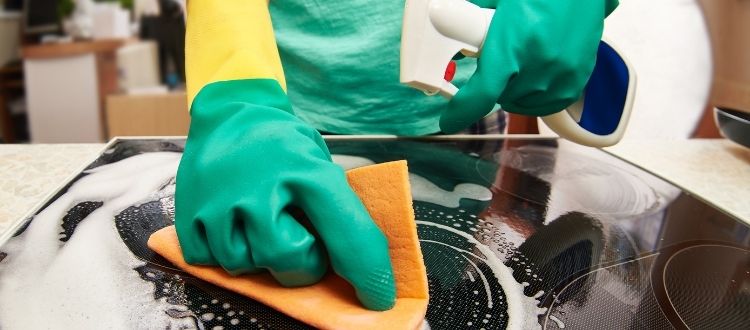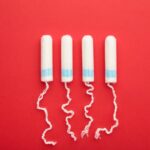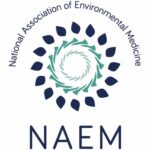Should I Disinfect? What’s the Difference Between Cleaning and Disinfecting?
Did you know there is no research that shows disinfecting is any more effective at preventing illness in the home than simply cleaning with plain old soap and water?
During the pandemic, the cleaning industry has become even more powerful, and the advertisement for the use of strong chemicals (like bleach and quats) is framed as one of the ways to be protected from Covid-19. As a consequence, we have seen a drastic increase in the use of disinfectants that contain pesticides and exposure to these chemicals can harm our health. And what’s more, many of these products are not necessary — nor even recommended — for keeping homes clean and healthy.
In fact, cleaning and disinfecting are different, but often get lumped together — and many times these terms are even used interchangeably. However, cleaning and disinfecting are not the same.
Cleaning v. Disinfecting
Cleaning works by using soap — like simple dish soap or detergent — and water and friction to remove germs from surfaces. It does this by using the soap to break up & weaken the structure of germs, trap them, and wash them down the drain. Cleaning both gets rid of harmful bacteria and viruses, as well as the grime on surfaces where they like to collect.
Disinfecting does not clean. It does not necessarily remove grime or dirt or grease, and can actually add additional grime to surfaces. It does, however, kill germs because disinfectants often contain potent pesticides.
But for many disinfecting products to be effective, you must CLEAN surfaces first. This is because in order for disinfectants to kill the germs, they have to be able to reach them. If you have a layer of grime, this dirt can protect the bacteria and viruses and they can survive an application of disinfectants.
If you’ve already cleaned well, those germs have already been removed.
In fact, there is no research that shows disinfecting is any more effective at preventing illness in the home than using plan old soap and water.
What’s more, because of the potent pesticides disinfectants contain, many disinfectants instruct you to wash your hands after use – and to also wash surfaces you sprayed the disinfectant on— especially if those surfaces that come into contact with food, or with items that might end up in your mouth. Some disinfecting products also instruct you to wear protective eyewear and gloves while using.
This is because disinfectants themselves often contain toxic ingredients like bleach or chemicals often referred to as “quats”. The active ingredient used in many everyday disinfectants and other antibacterial products are in fact pesticides. Exposure to these ingredients have been linked to allergies, skin rashes, asthma & other respiratory harm, reproductive harm like infertility and more. Instead of preventing illness, using disinfectants is often doing little more than increasing exposures to toxic ingredients that can put cleaning workers health at risk, and the health of people living in the home where the disinfectant is used.
Should we be disinfecting at all?
There are times when someone has an active illness where extra precautions should be made to prevent the spread of infections. In cases where you want to disinfect, instructions on the label should be followed closely and safer alternatives, like disinfecting products that use hydrogen peroxide, can also be used to reduce harmful exposures.
But experts agree that cleaning, not disinfecting, should be prioritized. The CDC, EPA, and FDA all stress the effectiveness of cleaning with soap and water as an irreplaceable tool for cleaning, health and hygiene – including when it comes to reducing the risk of getting COVID-19.
Cleaning is effective at removing germs, grime and dirt, and preventing the spread of illness, protecting workers and your family from unnecessary exposures to pesticides, and keeping your home healthy.
Learn more
In partnership with the Cancer Free Economy’s Household Cleaners Health & Safety Lab — WVE along with Hand In Hand Domestic Employers Network, Make the Road NY, and Silent Spring Institute – have created this new video series to help uplift the issues around harmful and unnecessary chemicals in disinfecting products, clear up confusion around the differences between cleaning v. disinfecting, and provide sound advice on how employers can protect the health of the household cleaners they employ, as well as the health of people living in the home, including vulnerable children.
You can view all videos and supporting resources here!
Please watch and share with your friends and family to help spread the word on protecting health and reducing harmful exposures to toxic cleaning and disinfecting products.





